“The principal aim of EUROPETOUR is to empower local stakeholders in rural cultural tourism across Europe in the use of Social Media & modern communication technologies for taking better business decisions.”
Phew. What reads as a somewhat lengthy explanation, is my try to sketch three years of work, eight European partner institutions and a total funding volume of € 321.000 emitted by the European Union’s Erasmus+ Programme. Phew that!
I have always loved the principal aim of the EU: Facilitating workflow, knowledge transfer and regional development across all of its member states. This time, we are here to learn from each other on innovative aspects managing & developing cultural tourism in rural areas.
To this end, the German small town Bad Wimpfen, a cultural heritage and health (spa) resort some 50 minutes drive from Stuttgart, provide me & my fellow colleagues and networking partners from around Europe with a good example. Bad Wimpfen, the host city of our meeting place, is a member of the German “Schlösserstraße” (Castle Route), a pilgrimage spot for living traditions, festivals, Christmas markets and heritage buildings. The town has already been active in the development of Social Media guidelines through its adherence to the kiratour network, promoting GPS guided tours, the use of QR codes, Social Media marketing and the opening of local hotspots for visitors. As our town host Ruth says, “We might be a little town, but we have short ways for decisions.”
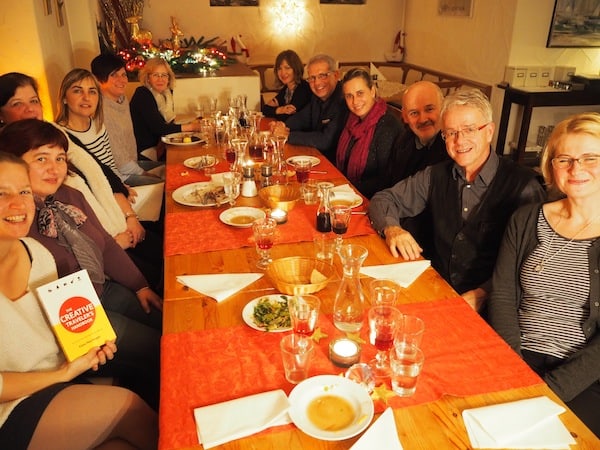
The #EUROPETOUR project team has gathered for the very first time, including participants from Romania, Bulgaria, Poland, the Netherlands, Germany, Austria, Italy and Spain. Love the international atmosphere and knowledge combined!
Cultural tourism in rural areas: What are the approaches & objectives in the HeilbronnerLand of Baden-Württemberg?
At the beginning of our meeting in Bad Wimpfen, Tanja Seegelke, who is the managing director of the HeilbronnerLand tourism association, explains that their goal is to encourage sales for partners, 46 local municipalities among others, reaching some 1.4 million overnight stays and working with an annual budget of € 350.000 – “by motivation, not orders”, she adds with a smile. The challenge faced by the HeilbronnerLand is one shared by many rural areas across Europe: Cultural tourism is based on day trips for visitors, with little or no motivation for visitors to stay the night. At the same time, the much larger province Baden-Württemberg only has to look to the Black Forest and Lake Constance for the more internationally known, stronger brands. Could the answer for rural areas in the HeilbronnerLand be niche products for special interest visitors? Developing a “unique USP”? Networks? The qualification of stakeholders? The result, as Tanja demonstrates, is a mixture of all of the above, as recent initiatives such as the Württemberg Wine Culture Festival have shown.
For the first time, 150 single events & offers combined into packages for individual & group travellers, marketed as a one-month festival in 2015, succeeded in raising the attention of the national media (150+ press clippings) as well as the Baden-Württemberg tourism marketing organization, without having to pay extra for any of their services.
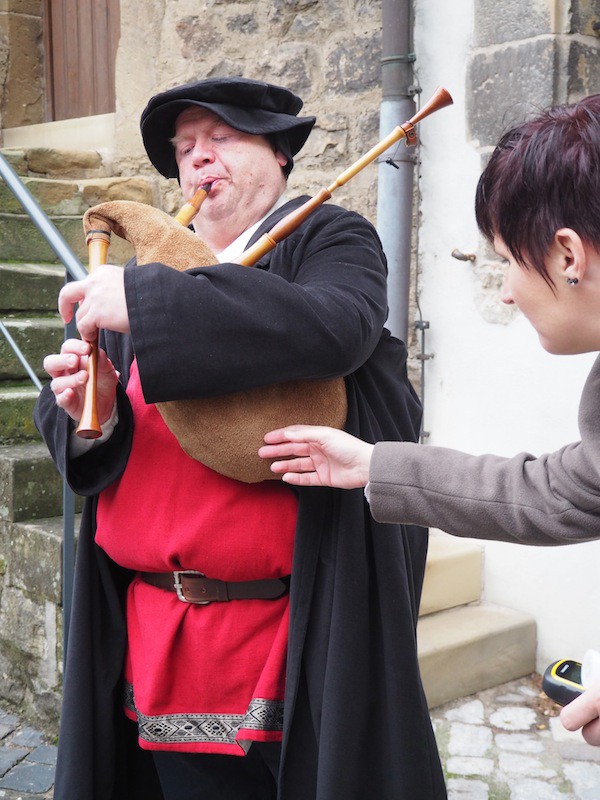
… in the HeilbronnerLand managed by Tanja Seegelke, as seen during our local city tour in Bad Wimpfen.
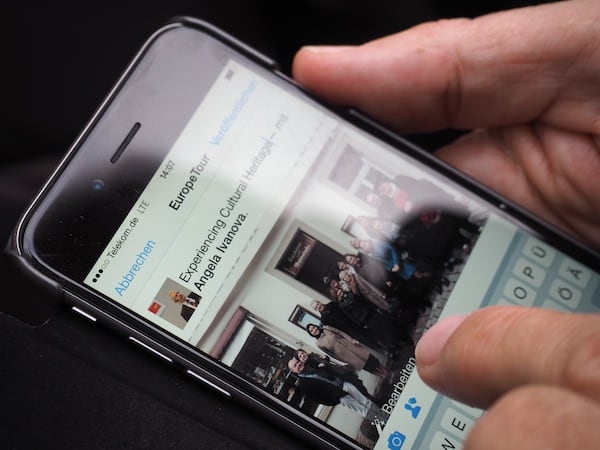
As much as Social Media plays a key role in linking relevant (marketing) information, and broadcasting them to targeted audiences …
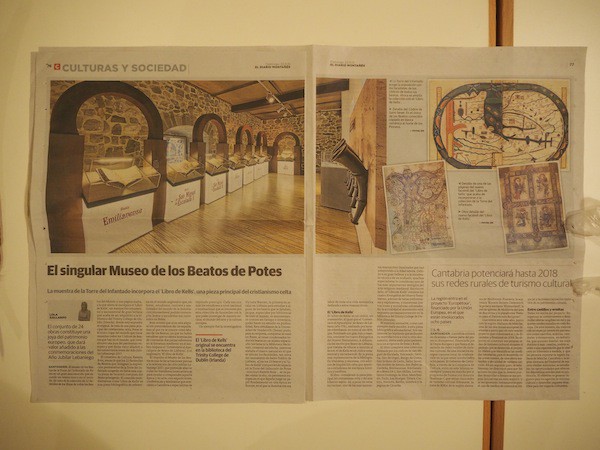
… we equally learn about the effective use of traditional media for cultural tourism communication purposes.
So who is involved? #EuropeTour brings together a wealth of knowledge and many warm-hearted, very experienced stakeholders indeed.
Besides Germany being represented by the HeilbronnerLand as well as the project management being run by the association “Kultur & Arbeit e.V.“, notably our dear Karin Drda-Kühn, there are seven more nationalities at the table. I am happy and honoured to share the insights gained from working on Kreativ Reisen Österreich – Creative Tourism Austria and myself, Creativelena.com as an international Social Media and tourism consulting business. Together with my Austrian colleague, Wolfgang Eisenreich of the organization “E-C-C Education Citizenship Culture”, we make up the Austrian branch of #EuropeTour. Wolfgang has an astounding background in dealing with European Union programs, such as LifeLongLearning, Erasmus+, language learning, ICT and many more – some 30 projects since 2008!
Then, there are our colleagues Wolfgang Kniejski & Angela Ivanova from Bulgaria, whose company INI-novation has developed with a focus on:
- Training stakeholders for collaboration
- Having local stakeholders appreciate their own heritage
- Preparing places for cultural tourism and developing a “welcome culture”
- Generating value chains from local to international levels
- Social Media marketing, including the development of Limes-Mobile.eu
A place I am personally very excited to go to is Bucovina in Romania, represented by our local partner Lacramioara Beilic, of the Bucovina Tourism association. Their area, combining culture with folk art, tradition and nature-based experiences, is marked by the motto: “A place where you come as a guest and leave as a friend.” We shall see more about this in our project meeting there in the summer of 2016!
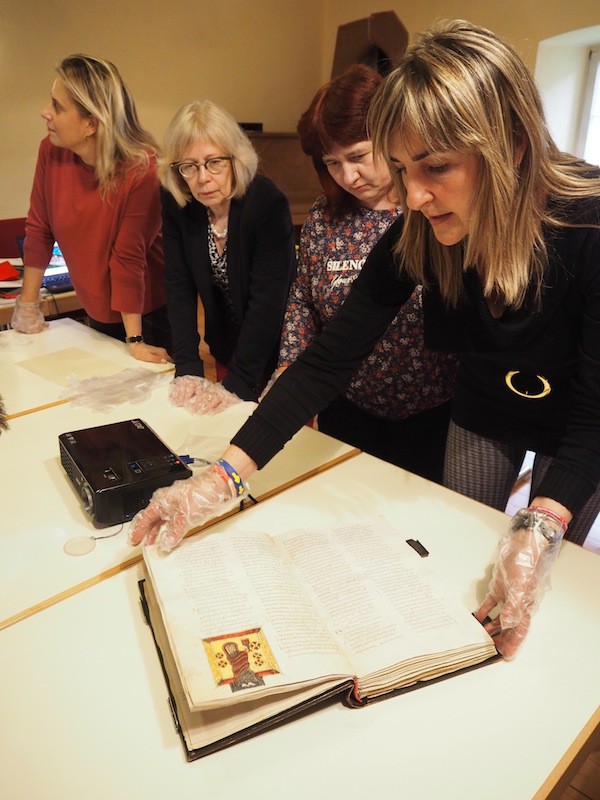
… to just anyone: Here, our Spanish partners Pilar & Marina from Cantabria present a facsimile of a very old book from a local monastery inspiring many visitors to travel there today.
Pilar Bahamonde and Marina Bolado, besides adding interesting information about their Camino Lebaniego project in the Spanish province of Cantabria, also add a lot of flavour – “latin blood” – to our meeting! From the wine chocolate tasting to working hard in the conference room, I will never forget our shared laughter and moments of understanding, creating the start of new friendships among all of us. Besides, Vincenzo Zenobi, of the Italian Marche region, introduces us to challenges faced by rural cultural tourism development there, such as sustainability, long-term strategy, and what to do with the local arts & crafts paper museum. Can’t wait to go to both places, either!
From Poland, I am pleased to introduce our project partners Stefan Beier & Izabela Matusiak, working on the Klosterland network, a transnational Polish-German network counting three monastery buildings in Poland and 11 in Germany: Brandenburg, Mecklenburg-Vorpommern, and Westpommern. The network is growing constantly, with the main challenge being to secure funds for renovating buildings: “During the past 20 years, money in Poland has mainly been spent on infrastructure renovation and upgrading”, Izabela adds during our #EuropeTour kickoff meeting. The main goal of the Klosterland network is to highlight new opportunities in the market, by offering members services such as Social Media know-how, knowledge exchange, funding opportunities etc. For visitors, Klosterland provides information, events, maps, or contacts. As there are no living monasteries, the focus is on reusing buildings for cultural tourism. “We have achieved a unique German-Polish cooperation for cultural heritage, a step for opening up to the East encouraging cross-border visitor (and workforce) flows”, Izabela is proud to conclude.
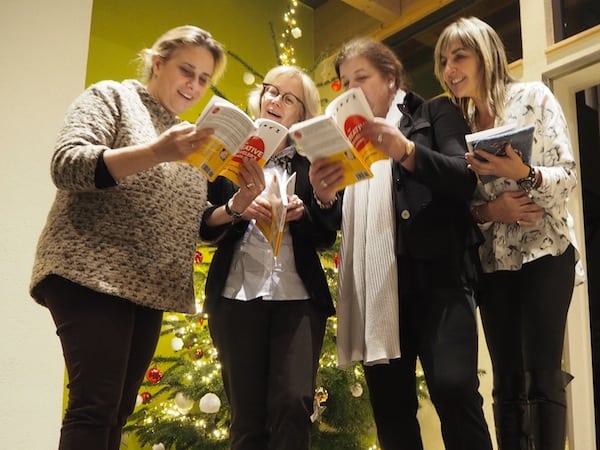
… in forging new friendships like these: Proud to have a spontaneous reading from my book, “The Creative Traveler’s Handbook” here at the #EuropeTour kickoff meeting in Germany!
Last but not least, let me introduce you to our project team from the Netherlands, Lilian Grootswagers & Sandra Coumans. They have gathered here in Bad Wimpfen to represent their organization FRH Future for Religious Heritage, as well as being responsible for developing the first outcome of #EuropeTour: A country analysis evaluating the needs of cultural tourism stakeholders, to proceed with adequate training material from there.
“Future for Religious Heritage” started with a conference meeting in Canterbury and has its headquarters in Brussels. It is a European network active in 33 countries, with well-known members such as the Scotland’s Churches Trust, Friends of Friendless Churches, Offene Kirche, and many more. “Secularization is everywhere”, Lilian says with a slight alarm in her voice, ” and small shoulders are often seen to carry the weight of larger institutions. As for religious heritage, we have noted that people believe someone will take care of it, because it has always been there, and why would it ever be lost?” Today though, she adds, there is a real danger of “losing Europe’s biggest museum in the world: Religious buildings are essential for community life, and we want them to be used more widely.”
To that end, she and her team have come up with “Religiana“, a platform and knowledge tool for church managers to promote the community use of their facilities, as well as tourism, by sharing basic information through international standards.
Sharing. It really is all about sharing, I believe.
“We are a part of a larger paradigm shift in society. Earlier on, it was all about gathering and storing information, in keeping it to yourself. Now, we have machines to do that. Our only – intelligent – way forward is in networking, linking and liaising that information in the right way, to the right audiences, at the right time.”
#EuropeTour is active on the web & Social Media, too: Please check out our Facebook & Twitter pages and stay tuned through our Flickr Photo Gallery, taking you around Europe for cultural travel in rural areas:
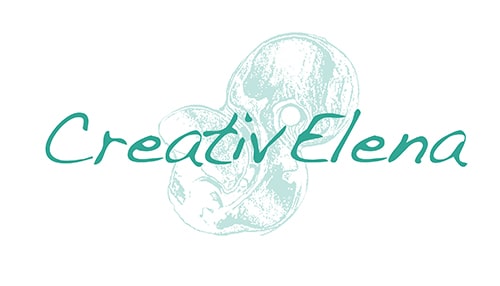

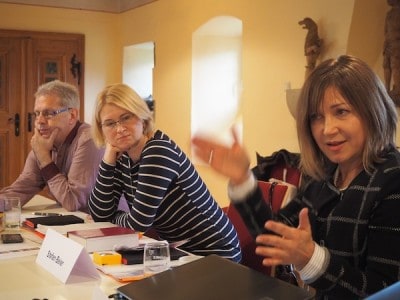
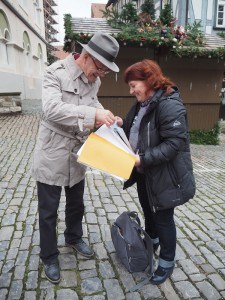

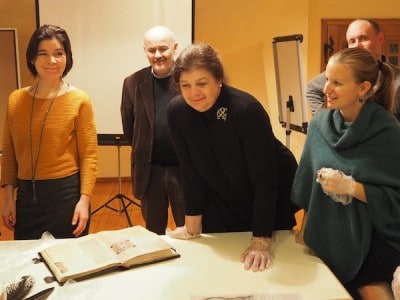
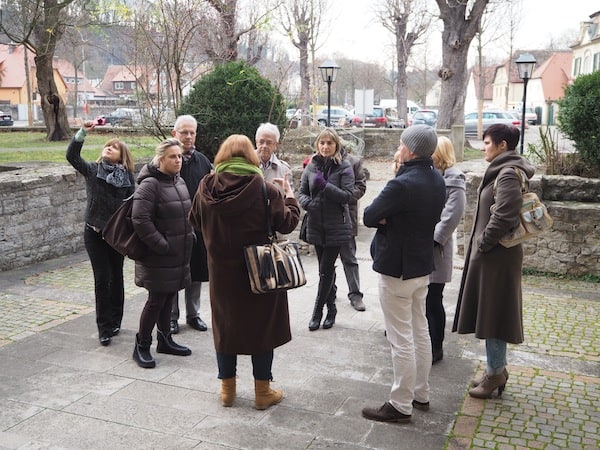
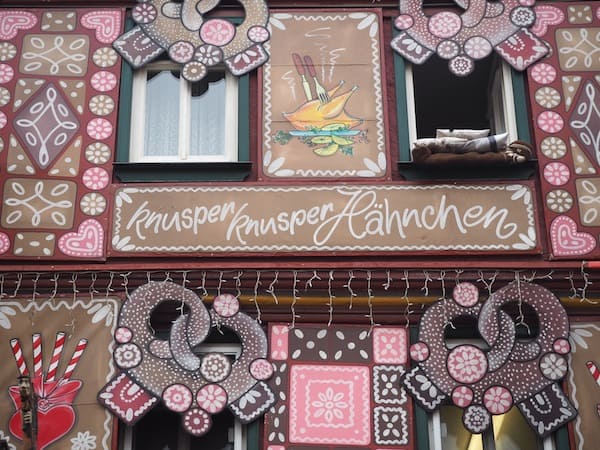
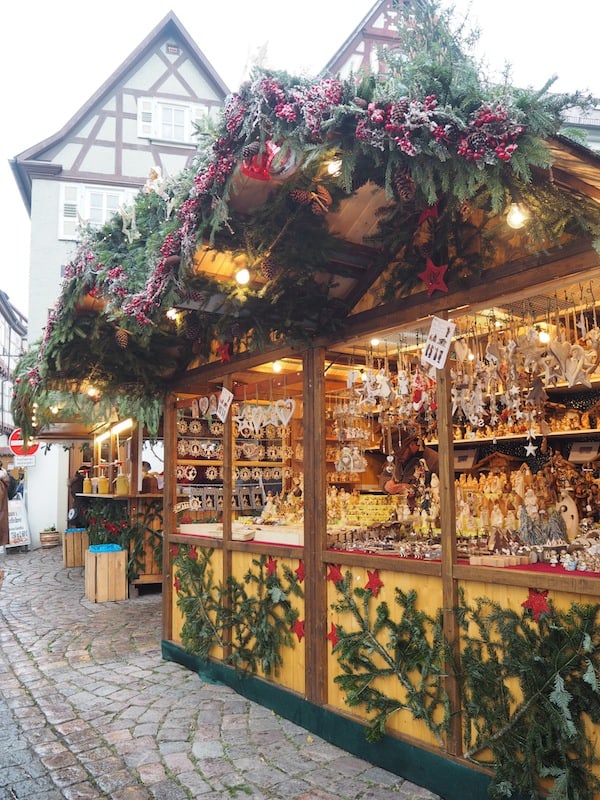
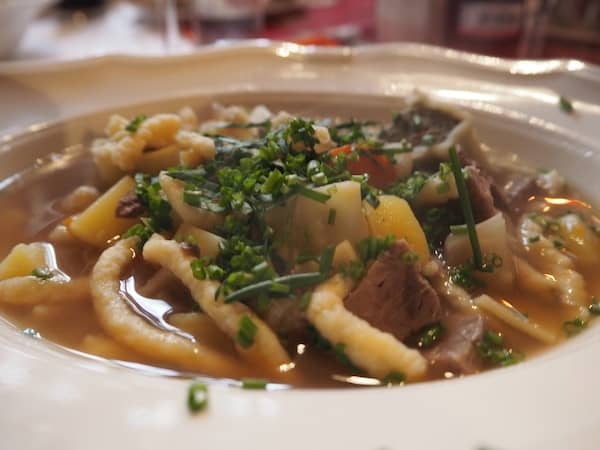
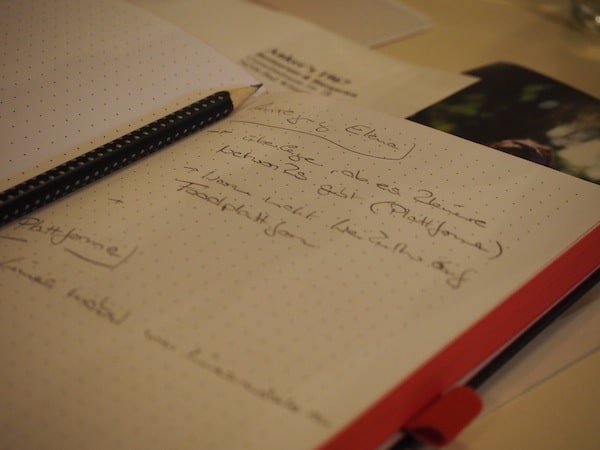
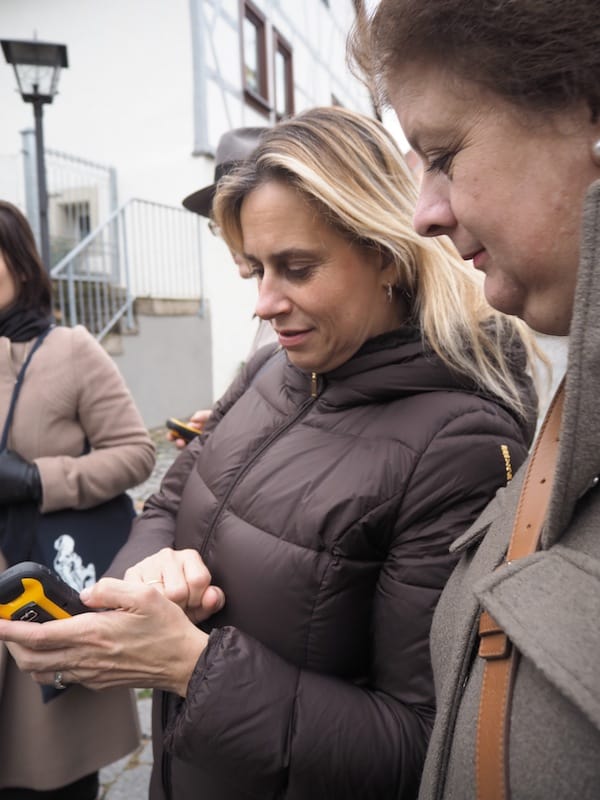
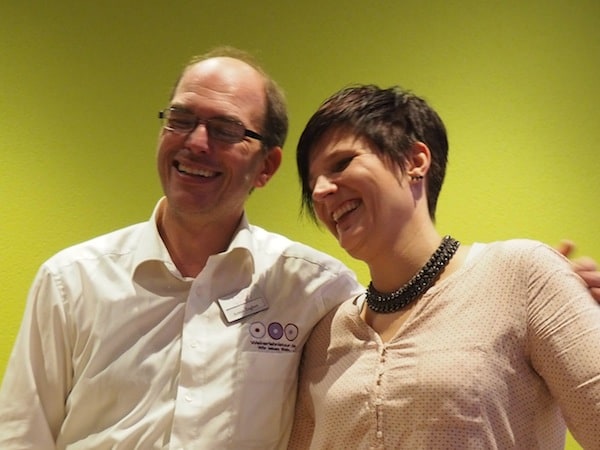
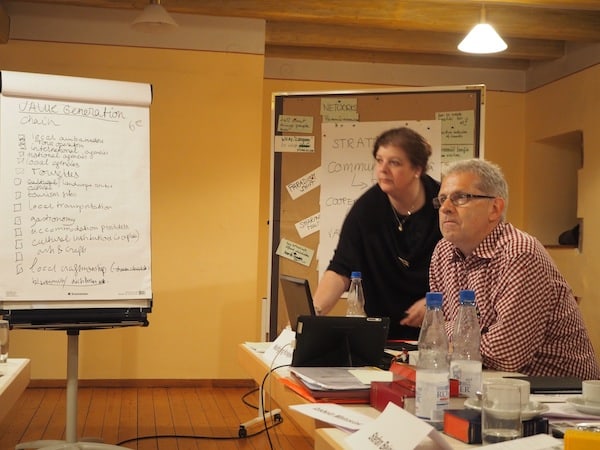
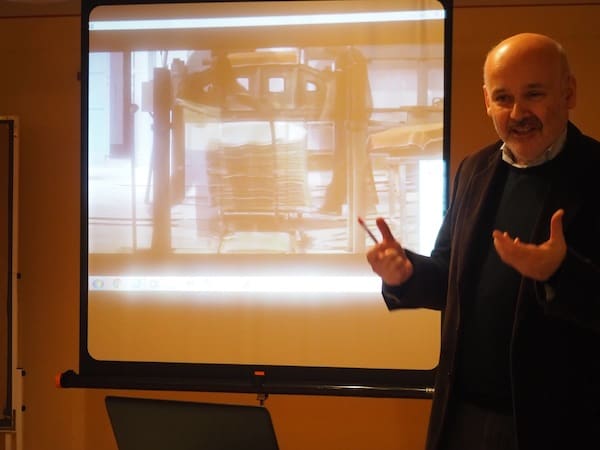
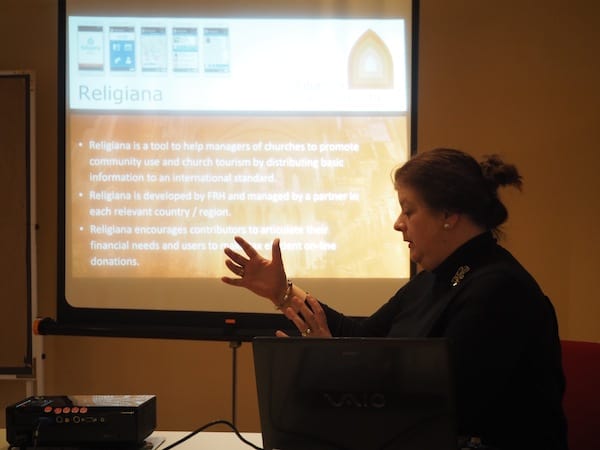
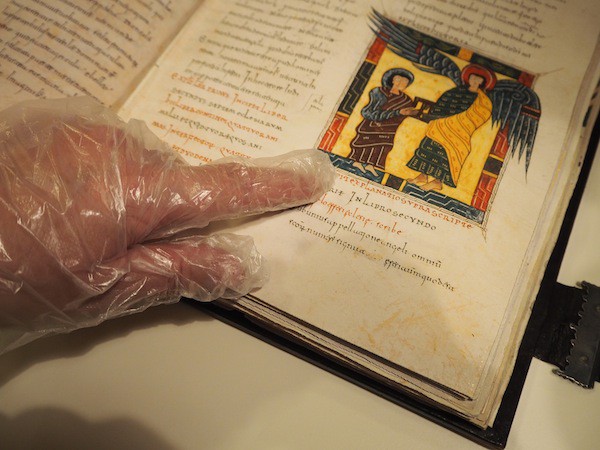
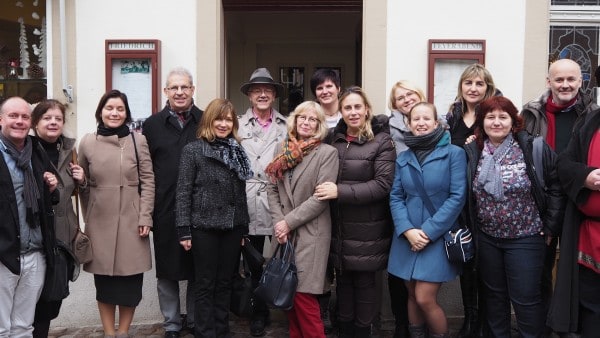
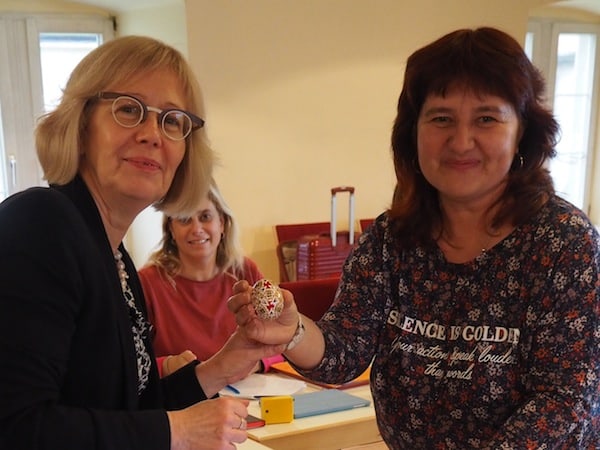
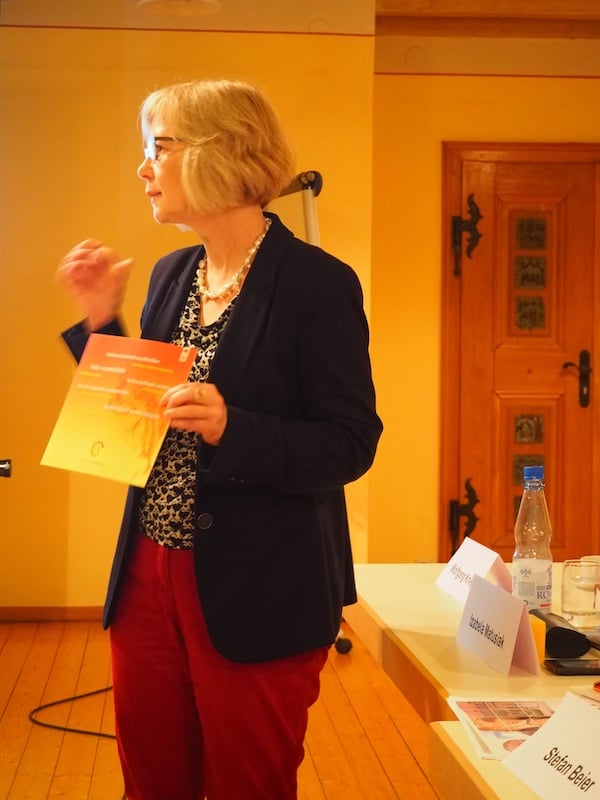
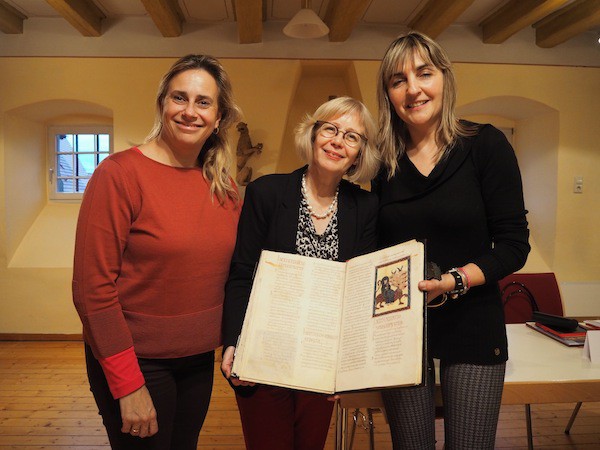
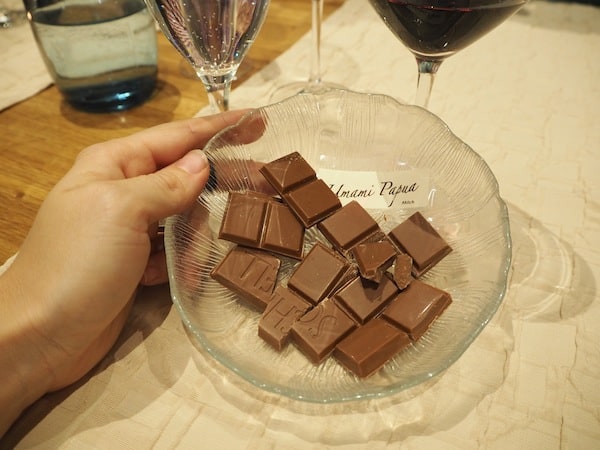
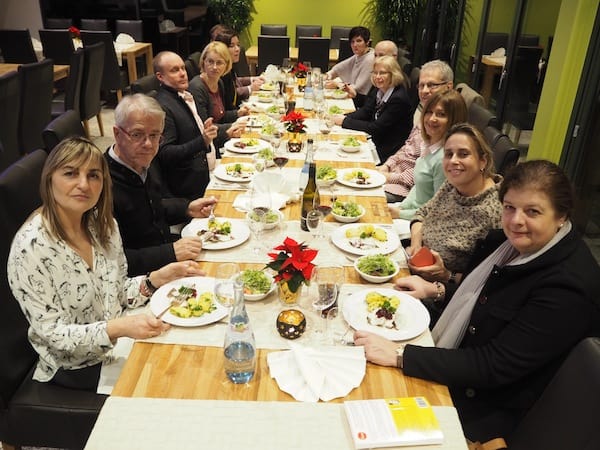
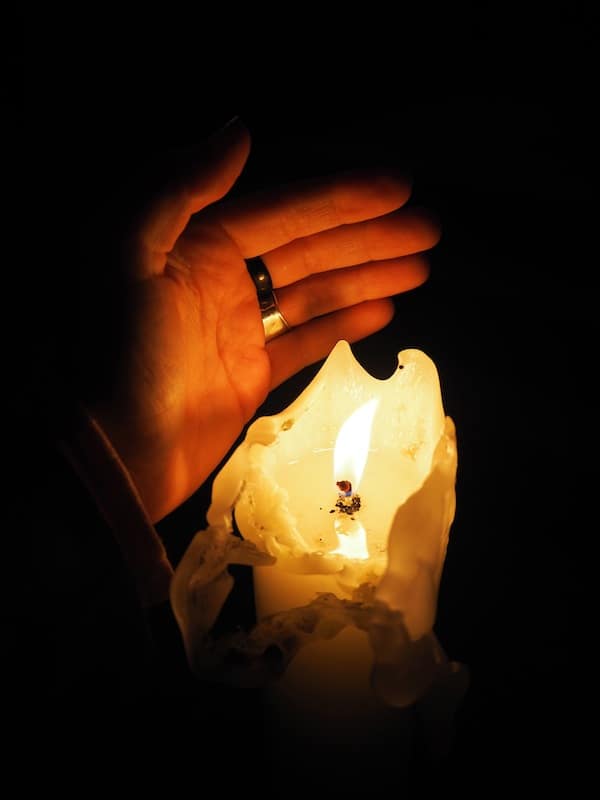
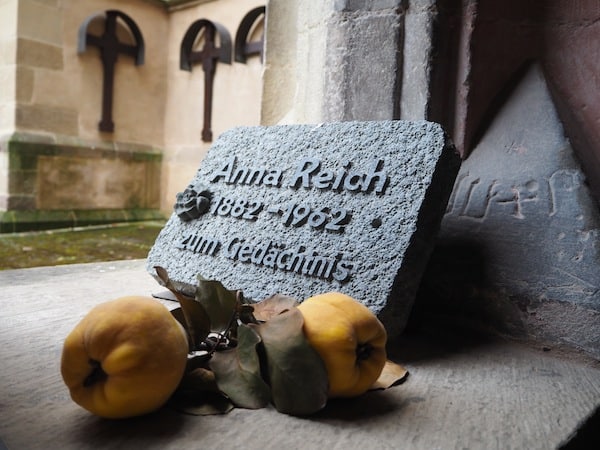
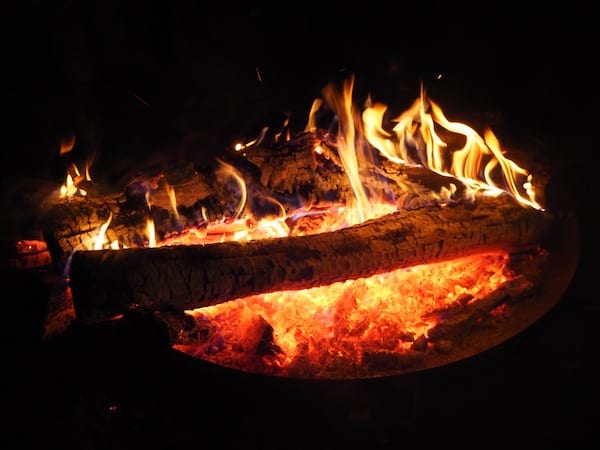
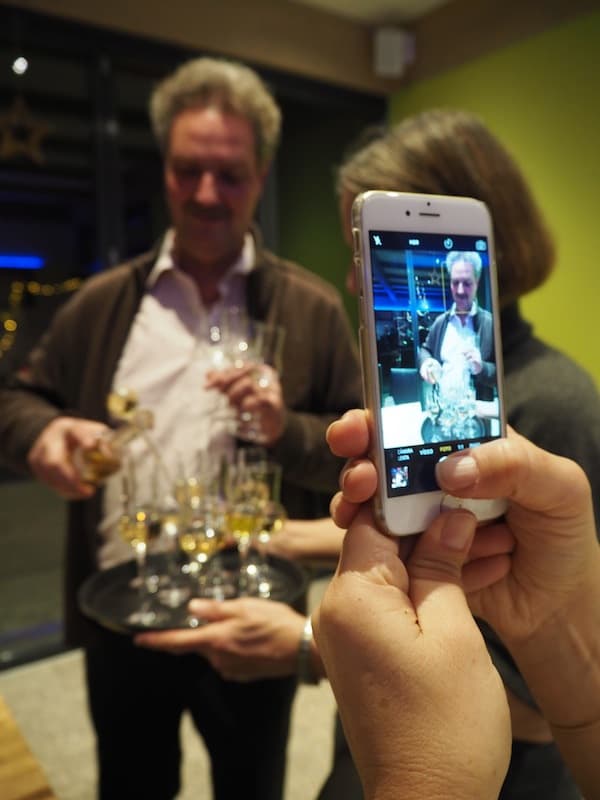
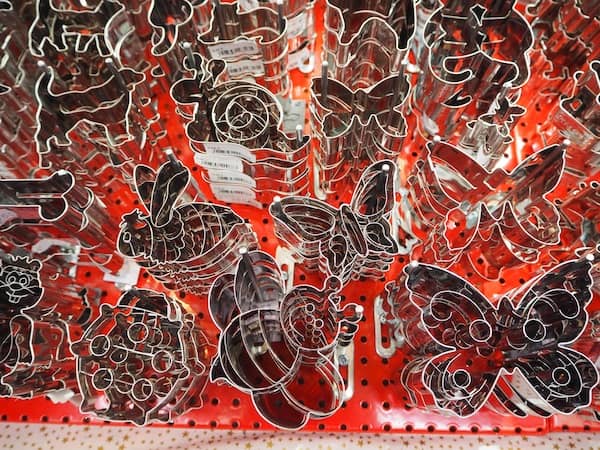
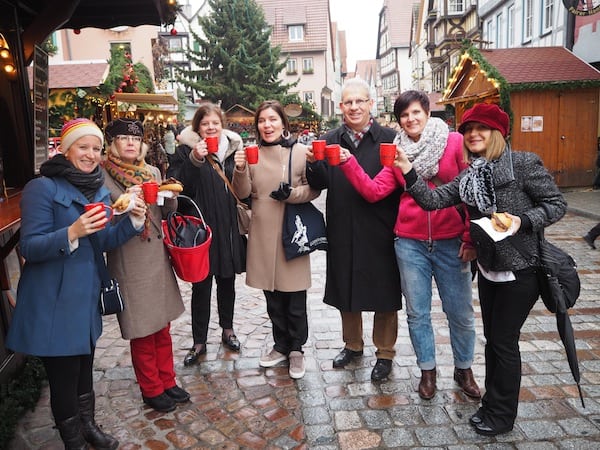
3 comments
Dear Elena, what a wonderful summary of our most successful kick-off meeting! Seems that we won’t need minutes as long as you are with us. 🙂 Great job done with this blog which reflects the spirit of the project as well as the excepional people we will be able to work with. See you in Austria in April 2016!
Dear Karin,
Thank you so much for your kind feedback !! I am glad and happy to be with you in this project and equally look forward to our next meeting here in Austria next year. See you there 🙂